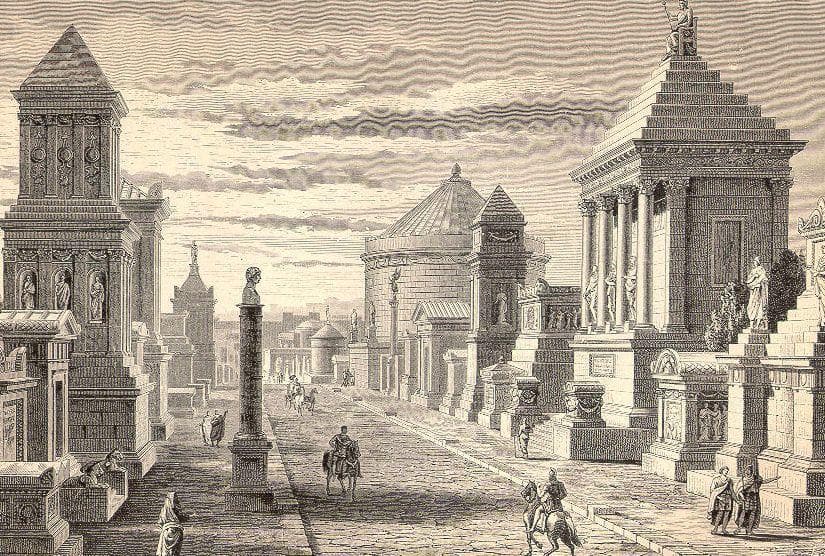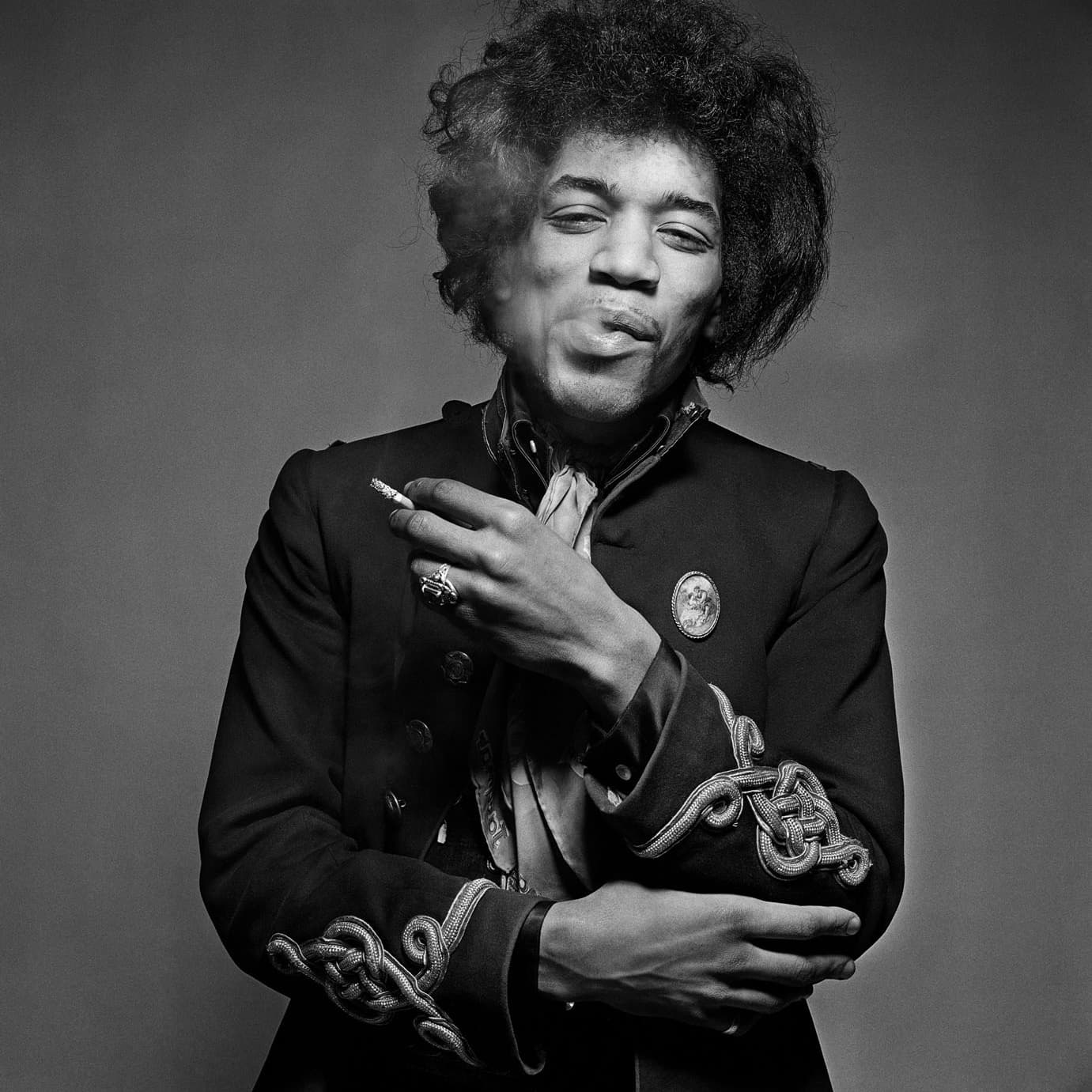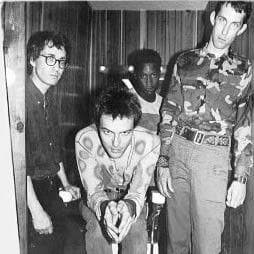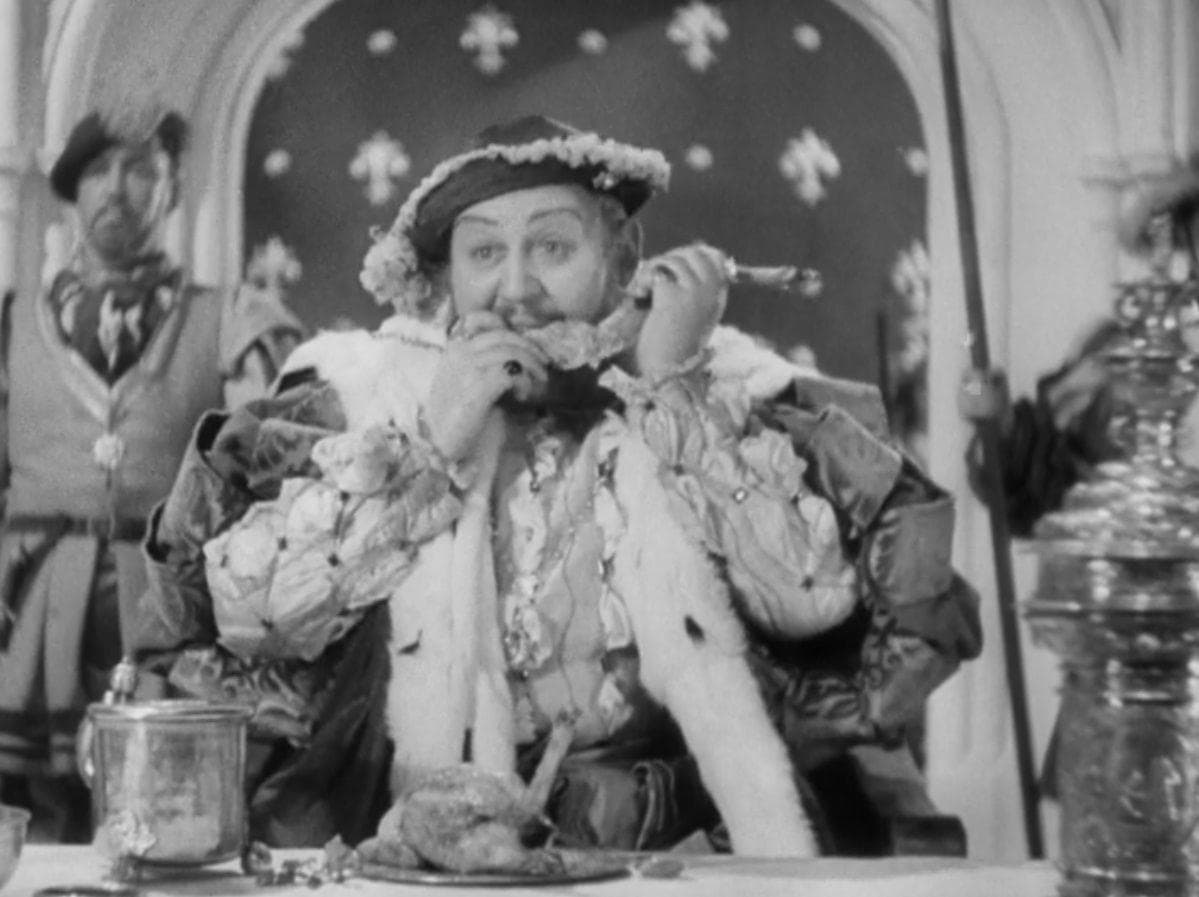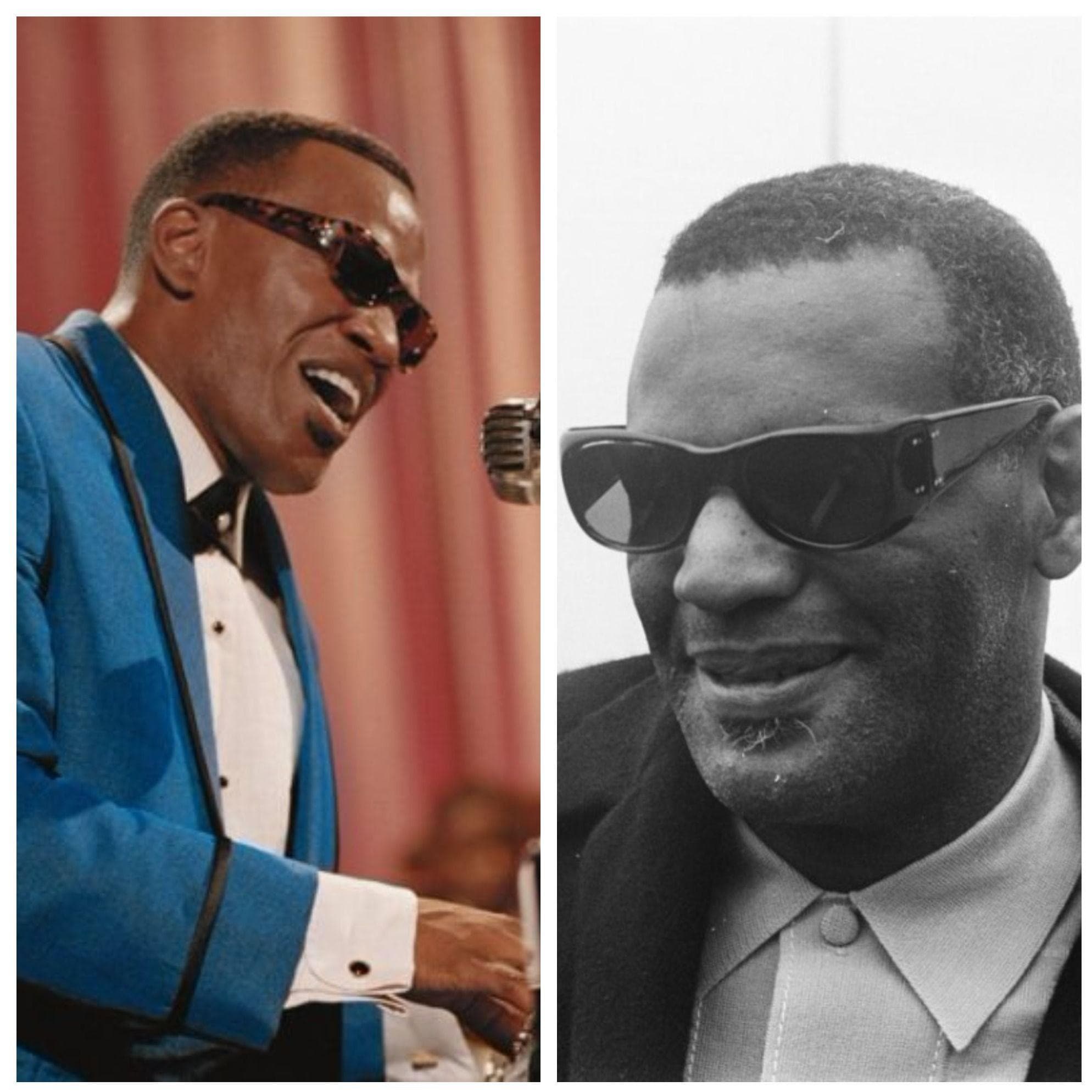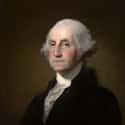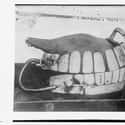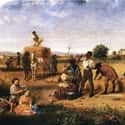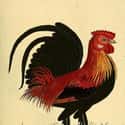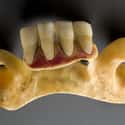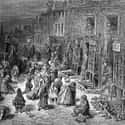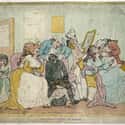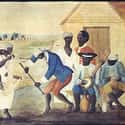-
(#1) Washington's Smile Was Made Of Stolen Teeth
George Washington didn't usually smile in his portraits - and no, it's not because he had wooden teeth. That myth may have lasted so long because, like the cherry tree legend, it humanized the first president and made him seem like a common man instead of a very wealthy plantation owner who could afford the most expensive dentures available.
But the myth hardly gets to the truth of the matter. Washington's dentures contained several materials, including ivory, but the at least some of the teeth themselves were likely actual human teeth. While it's impossible to say for certain if the Founding Father had the teeth put in his own mouth, he certainly purchased teeth from his own slaves on at least one occasion, and he probably had a specific reason why.
-
(#2) Washington Probably Used His Slaves' Teeth For A Tooth Transplant
Eighteenth-century wealthy people who lost a tooth had several options: they could purchase dentures to replace the tooth, or they could opt for the newer method of a tooth transplant. Washington, who only had one of his original teeth by the time he became America's first president, tried both options.
In May of 1784, Washington took nine teeth from several unnamed "negroes," who were most likely his own slaves. French dentist Jean Pierre Le Moyer, a specialist in tooth transplants, visited Mount Vernon several times between 1784 and 1788, and Washington's own letters hint that he underwent a tooth transplant in 1784, the same year he bought the teeth. That year, he told his former clerk Richard Varick: "I confess I have been staggered in my belief in the efficacy of transplantion." If the transplant didn't take, that might explain why Washington turned to dentures once he became president.
-
(#3) Dentists Paid Money For Human Teeth
In Washington's day, many dentures included human teeth - for people who could afford them. Dentists like John Greenwood, the president's dentist, paid good money for human teeth. Greenwood posted an advertisement for "Live teeth," offering "a guinea each."
One of Washington's other dentists, Jean Pierre Le Moyer, also bought human teeth. In 1783 he advertised in the New York papers for "persons disposed to sell their front teeth, or any of them." Le Moyer was more generous, promising two guineas per tooth. The same year, Le Moyer began treating Washington, and he likely performed the tooth transplant the general had in 1784.
-
(#4) Washington Owned 317 Slaves Who Lived In Misery
Washington became a slave owner at the age of 11, when he inherited 10 slaves from his father; by the time he died, he owned 317 people.
In 1798, a Polish poet named Julian Niemcewicz stayed at Mount Vernon for two weeks. He was horrified by the living conditions of Washington's slaves. Their living quarters could not be called houses, Niemcewicz began: "They are far more miserable than the poorest of the cottages of our peasants. The husband and his wife slept on a miserable bed, the children on the floor... a boy about 15 was lying on the floor with an attack of dreadful convulsions." The entire scene screamed of "misery" to the poet, who was shocked and appalled at the conditions he witnessed.
-
(#5) Washington Had A Close Relationship With His Dentist And Even Gave Him His Last Tooth
Once he became president, Washington's dentist, John Greenwood, was in charge of preparing the presidential dentures. In 1791, Greenwood mailed a set of dentures from New York to Philadelphia, the current capital of the country. Washington wrote back that the dentures "were perfectly agreeable to me," and paid the dentist $20.
These dentures included human teeth, and they were designed to accommodate the president's single remaining tooth. Greenwood explained that a dentist should "never extract a tooth... [when] there is a possibility of saving it." When Washington lost his last real tooth, he let Greenwood keep it, and the dentist saved the tooth in a special case.
-
(#6) The Experiment To Implant Teeth Involved Grafting A Human Tooth Onto A Rooster
Medical experiments in the 18th century could be gruesome, and the experiment to determine whether human teeth could be transplanted was no different. In the 1760s, a Scottish surgeon named John Hunter performed an experiment involving a human tooth and a rooster: "I took a sound tooth from a person's head," Hunter reported, "then made a pretty deep wound with a lancet into the thick part of a cock's comb, and pressed the fang of the tooth into this wound."
Several months later, Hunter killed the rooster and inspected the tooth, observing that it was still living and managed to adhere to the comb: "similar to the union of a tooth with the gum and sockets." The experiment convinced Hunter that it was possible to transplant a living tooth to replace a dead tooth.
-
(#7) The Market For Human Teeth Preyed On Poor People
Teeth only traveled one direction: from the mouths of the poor to the gums of the rich. As a dentist in York promised, she could "transplant teeth from the front jaws of poor lads into the heads of any Lady or Gentleman without putting both patients to any anguish."
However, in the newly formed country of the United States, there were other sources of teeth: slaves. In 1782, one New York dentist refused to buy teeth from slaves, offering five guineas for healthy front teeth but adding "slave teeth excepted." Perhaps his theory was that wealthy white tooth-buyers wouldn't pay for slave teeth - or that the slave's owner wouldn't be happy if his "property" sold part of himself.
-
(#8) The Tooth Transplants Could Transmit STDs
On top of the morality of paying poor people for teeth - or worse, taking slave teeth - the procedure was risky from a health standpoint. A live tooth could transmit diseases, including syphilis, which was incurable at the time.
Although surgeon John Hunter promised his patients that the procedure was healthy, in 1771 one of his wealthy female patients developed signs of a sexually transmitted disease after receiving a transplanted tooth. Hunter claimed that "the girl from whom the teeth were taken had all the appearance of a sound person," but the recipient still had syphilis. In fact, wealthy people were willing to risk an STD to have beautiful teeth - tooth transplants didn't die out until the 19th century, when porcelain teeth were developed.
-
(#9) It Wasn't Just About Money; Rich People Were Rotting Their Teeth With Sugar
Rich people didn't just use the teeth of poor people and slaves because they could afford to pay for teeth. In fact, in the 18th century, rich people often had worse teeth than the impoverished because of their sugar consumption. With the rise of tea, expensive candies, and other sugar-rich foods in the daily diet of the wealthy, their dental health grew worse and worse.
When the wealthy had their rotten teeth extracted, they didn't want to appear in public with a gap in their smile. So dentists began to experiment with tooth implants, where a "donor tooth" would replace a decayed tooth. The poor couldn't afford sugary food and their desperate poverty meant they would sell their teeth to survive. Healthy human teeth became a prized commodity in the 18th century - and the horrific practice of enslaving humans only increased wealthy people's appetite for teeth.
-
(#10) People Who Couldn't Afford Live Teeth Could Always Buy Corpse Teeth
Buying live human teeth was expensive, but there was a cheaper alternative: corpse teeth. The main source was dead soldiers on battlefields, and after Napoleon's 1815 defeat at Waterloo, which left thousands dead, they became known as Waterloo teeth.
A rotten tooth might be pulled and replaced with a tooth from a dead soldier. Or, more commonly, corpse teeth were used to create dentures. But as one dentist pointed out "most people have a dread of teeth which have been obtained from a corpse." So those who could afford it purchased living human teeth - like Washington.
-
(#11) London's Poor Sold Their Teeth For Money
When surgeons like John Hunter advertised, looking for human teeth to transplant into the mouths of wealthy Londoners, it was the poorest from London's slums who responded. Hunter recommended using young donors, and said that girls were the best because their teeth were generally smaller. He was also able to line up a row of eager donors willing to sell a tooth for a few pennies.
Another 18th-century dentist named William Rae argued that it was immoral to take teeth from the poor to give to the rich: "In the first place, it is cruel to take the teeth of a poor creature, whose necessities may induce him to part with it as a means of procuring subsistence." He then added that poor people were often diseased, putting the wealthy at risk.
-
(#12) The Patient Came Face-To-Face With The Donor
A tooth transplant was a gruesome procedure. The donor and the recipient would visit the dentist at the same time, sitting next to each other, as shown in a 1787 caricature by Thomas Rowlandson. The image shows a dirty chimney sweep selling teeth straight from his mouth to a dentist who plans to transplant them into the mouth of a wealthy woman.
After checking the impoverished donor for diseases, the dentist would pull the tooth and quickly implant it into the gums of the patient, tying the donor tooth into the mouth with silk threads or seaweed. Hunter emphasized the procedure had to be fast "as delay will perpetually lessen the power upon which the union of the two parts depends."
In Washington's case, he was most likely present when his dentist yanked nine teeth from the mouths of his slaves for the Founding Father.
-
(#13) Washington May Have Paid For The Slave Teeth, But That Doesn't Make It Right
This possible explanation behind Washington's smile complicates our view of the Founding Father. The fact that there are no primary sources to verify that the purchased teeth and the ones Washington wore in his dentures were one and the same make it a little more difficult to figure out. It should be noted, however, that Washington did pay his slaves for their teeth. Records show that the general paid 122 shillings for the nine teeth he took in 1784, presumably for a tooth transplant. However, this was only a fraction of the going rate for teeth at the time: it was less than a third of what Le Moyer paid for teeth.
Washington was also the only slave-owning Founding Father who set all his slaves free in his will. In spite of this, the fact that the revered first president of the United States not only owned slaves but also personally used their teeth reminds us of America's complicated histories of race and power.
New Random Displays Display All By Ranking
About This Tool
The dentures worn by George Washington are not made of wood as in the legend. They are on display at the North Carolina Museum of History. In fact, George Washington has many sets of dentures, they are made of ivory, metal alloy, and the most incredible thing is other people's teeth, which may be from the slaves. These teeth were probably purchased from slaves at low prices, or in the best case, from extremely poor people.
The story of Washington’s teeth has caused controversy even in contemporary times, because of the legacy of slavery and the ongoing debate about the founding fathers. The random tool shares 13 things of George Washington's teeth.
Our data comes from Ranker, If you want to participate in the ranking of items displayed on this page, please click here.

